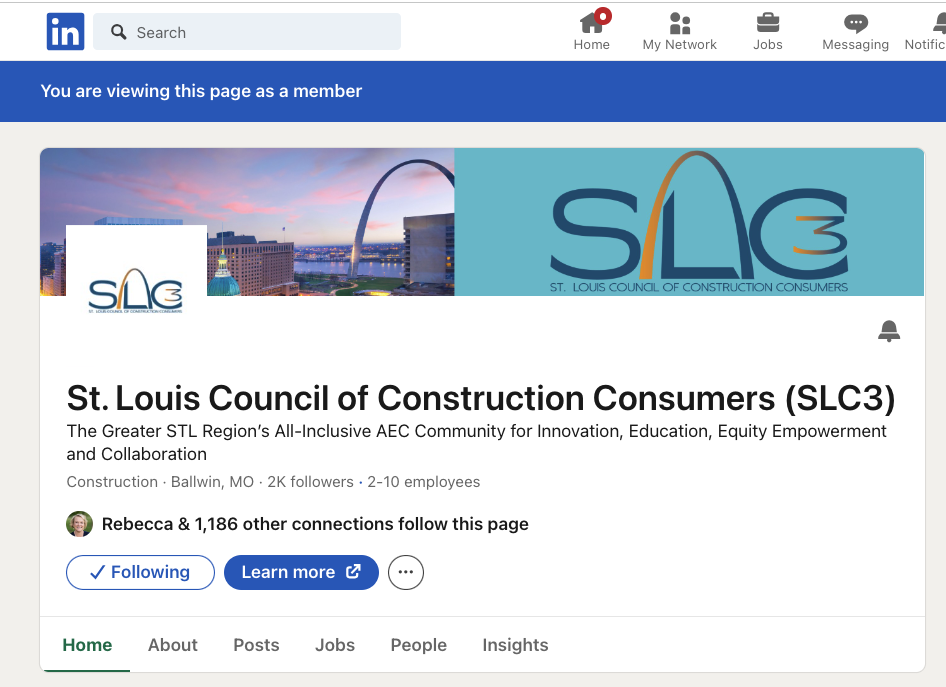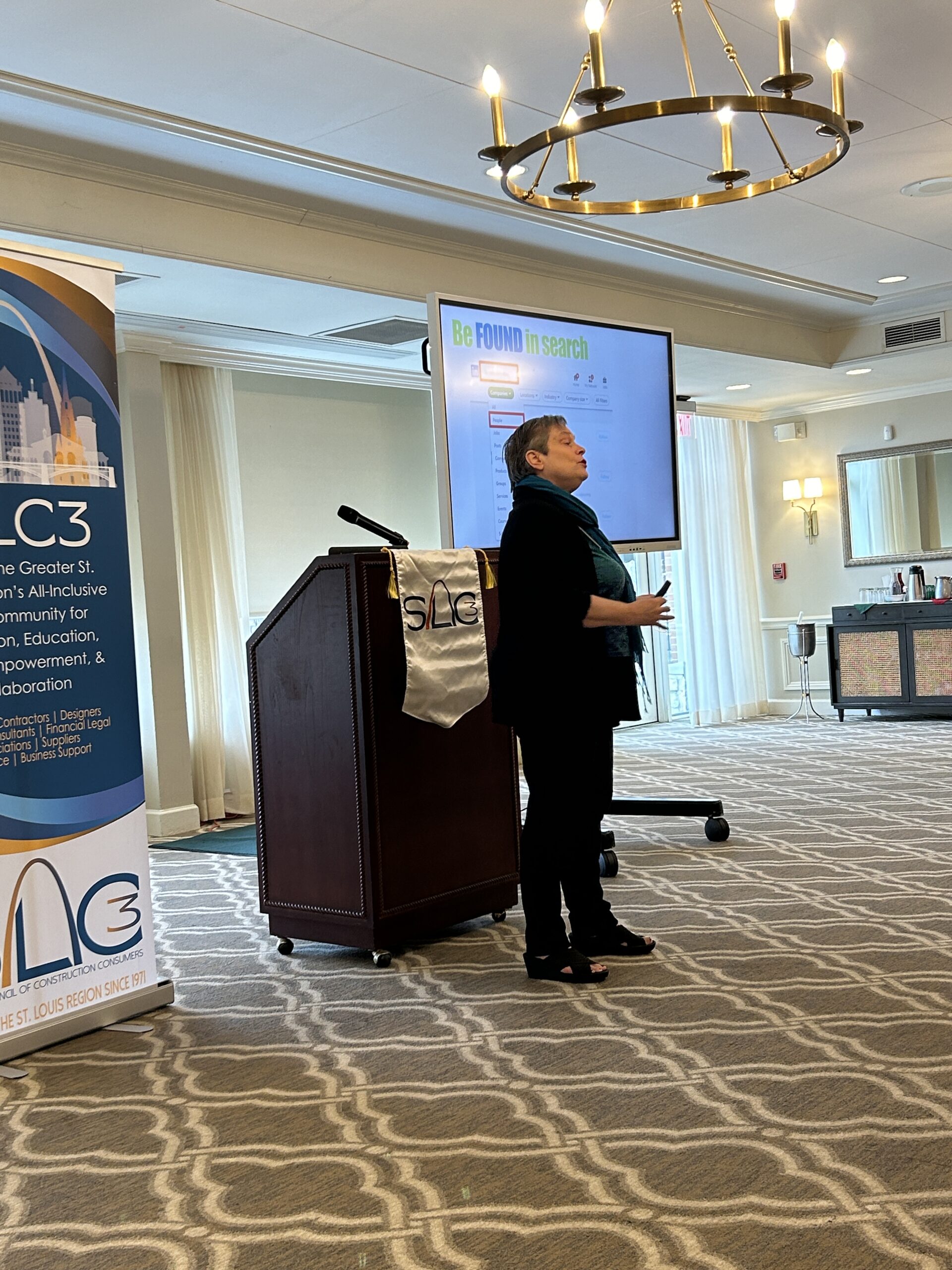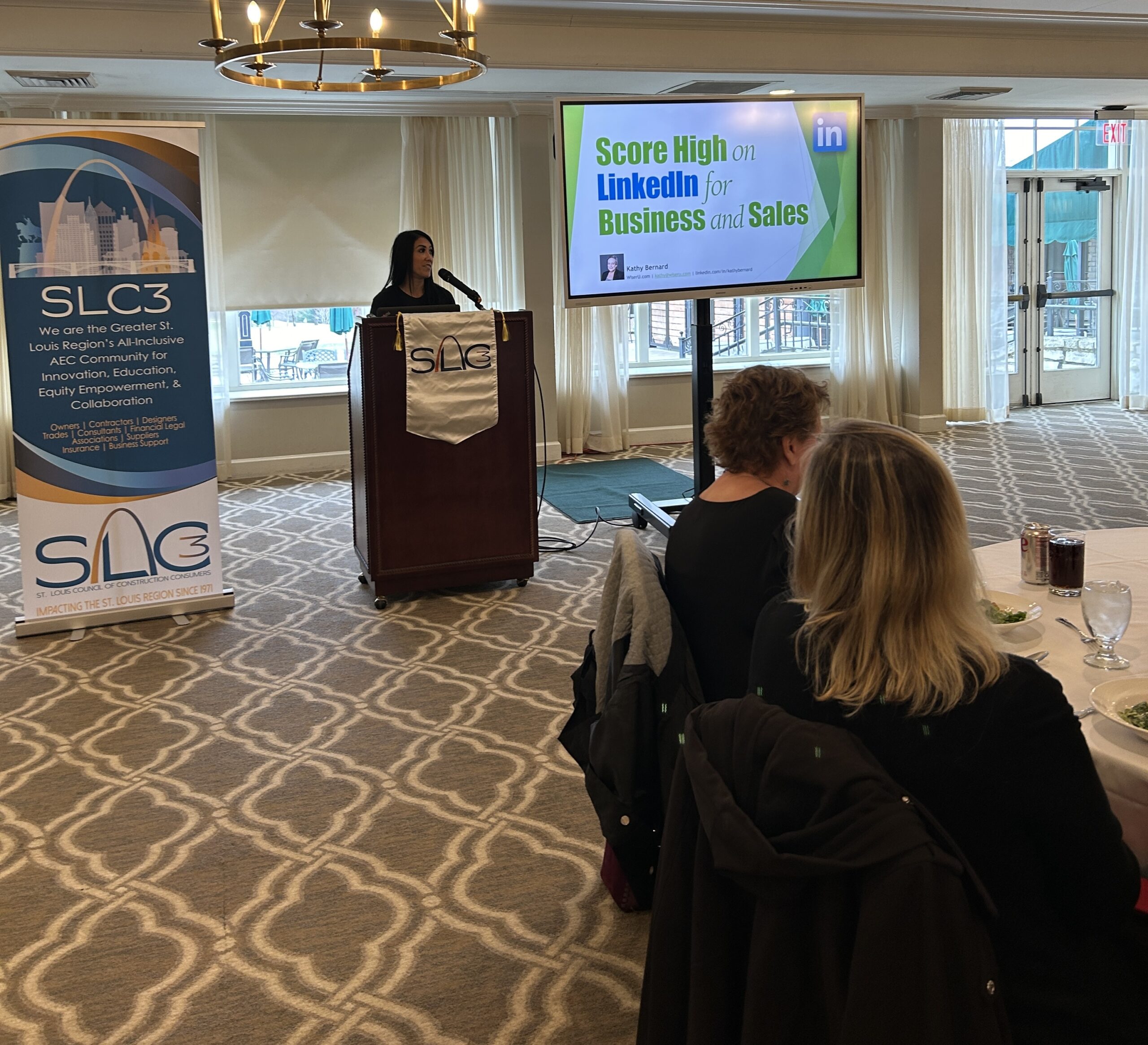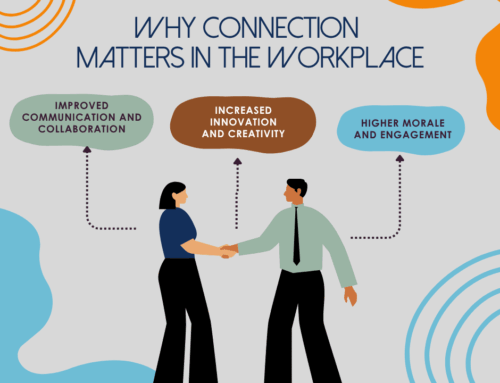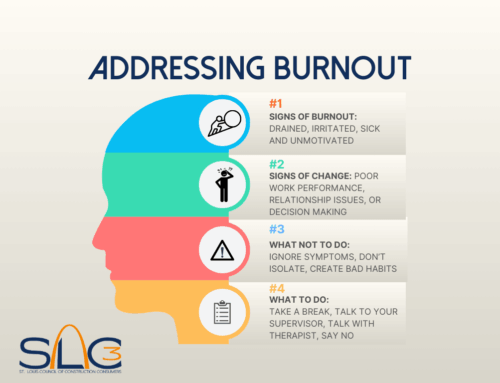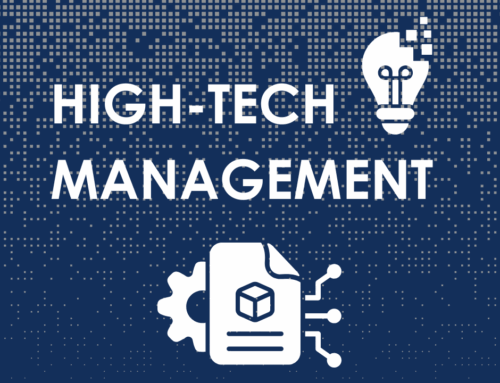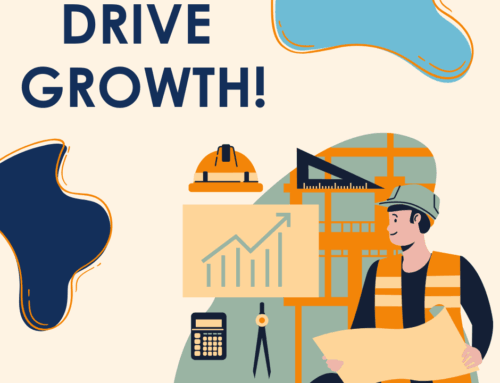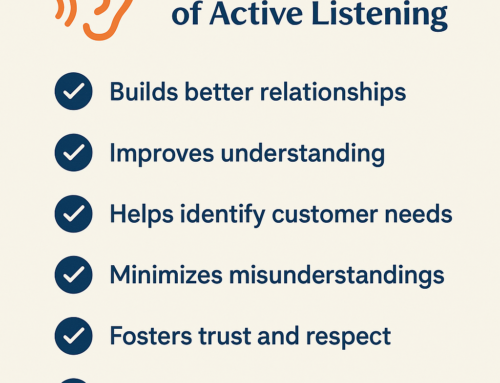At our Women’s Leadership Lunch program we heard from Kathy Bernard (WiserU) a LinkedIn trainer and guru. She covered a lot of content in a short amount of time and hit on some key basic places to improve your profile. She discussed changing your title to be more of what you do not just your title for each job you’ve held. Fill out all the information on your jobs etc. Add key skills and ask to be endorsed. All of the critical key steps we may know we need to do but perhaps we don’t. She covered a number reasons why LinkedIn is valuable as well.
Linked serves as a versatile platform that amalgamates various features beneficial for professionals. Here’s a breakdown of its advantages in different aspects:
- Networking: LinkedIn is a powerhouse for networking. It connects individuals within industries, allowing professionals to establish connections, create meaningful relationships, and expand their network globally. It facilitates introductions and collaborations between like-minded professionals.
- Research: It’s an excellent tool for research purposes. Professionals can explore industries, companies, and individuals to gather insights, trends, and information about various fields. This information aids in making informed decisions and staying updated about individual and industry happenings.
- Group Collaboration: LinkedIn groups provide a space for professionals with common interests or belonging to the same industry to collaborate, discuss industry-related topics, share knowledge, and learn from one another.
- Thought Leadership: Publishing content, articles, or insights on LinkedIn positions individuals as thought leaders in their respective domains. Sharing valuable content helps in establishing authority, gaining credibility, and increasing visibility within the industry.
- Education & Knowledge: LinkedIn Learning offers a vast array of courses and resources on various topics, empowering users to expand their skill set, learn new technologies, and stay updated with industry-specific knowledge.
- Jobs: It’s a popular platform for job seekers and recruiters. Professionals can search for job opportunities, apply for positions, and recruiters can scout for potential candidates based on their profiles, skills, and experiences.
- News & Updates: Users can follow companies, influencers, and industry leaders to stay updated with the latest news, trends, and developments in their field of interest.
- Social Proof of Experience & Skills: LinkedIn profiles serve as a digital resume, showcasing a professional’s experience, skills, achievements, endorsements, and recommendations. It acts as social proof of one’s capabilities and expertise.
Summarizing Best Practices on LinkedIn:
- Complete Profile: Ensure your profile is complete and up-to-date, highlighting your experiences, skills (and endorsements), and accomplishments. Ensuring titles say more than your actual title.
- Engage Consistently: Engage with connections by sharing valuable content, commenting, and interacting with posts to stay active and visible.
- Networking: Connect with professionals in your industry or related fields, and personalize connection requests with a message stating why you want to connect.
- Content Sharing: Share relevant articles, insights, or original content to establish yourself as an authority in your niche. Be present, be supportive, be engaged.
- Join Groups: Participate in groups relevant to your interests or industry to engage in discussions and learn from peers.
- Utilize Recommendations: Seek and give recommendations to showcase your skills and work ethic.
By leveraging these features and following best practices, LinkedIn becomes an indispensable platform for professional growth, networking, and knowledge acquisition.
By: Kelly Jackson, Executive Director
Follow SLC3 on LinkedIn!

